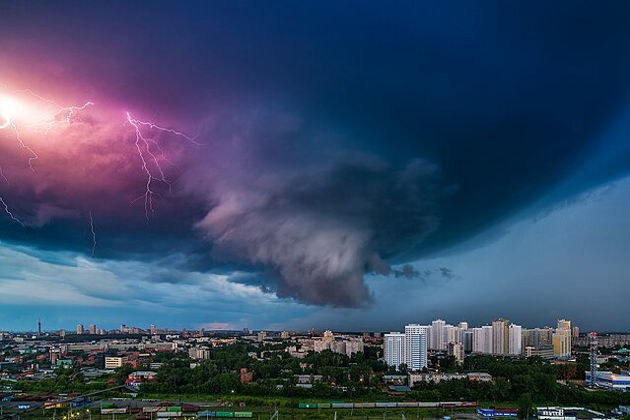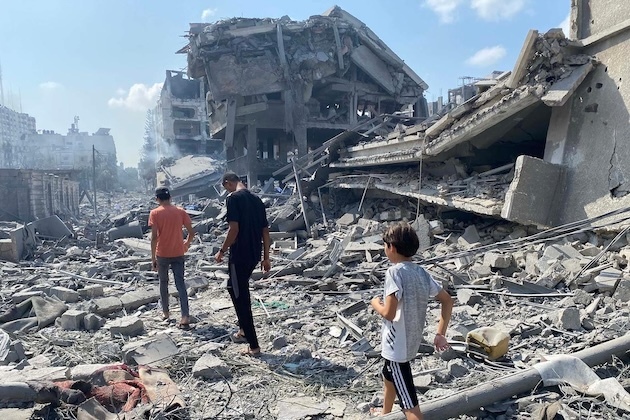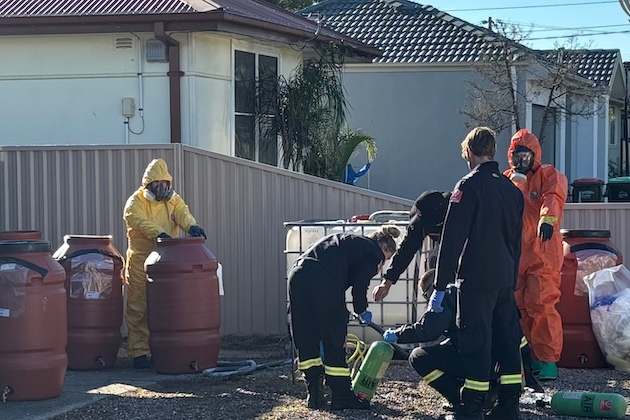2LT International News
Japan, US West Coast evacuated after 8.8 earthquake in Russia
Aug 1, 2025
MOSCOW, Russia: One of the most powerful earthquakes ever recorded — measuring 8.8 in magnitude — struck off the remote coast of Russia’s Far East early on July 30, prompting tsunami warnings across the Pacific and triggering widespread evacuations in Japan, Hawaii, and along the U.S. West Coast.
Although several people sustained injuries, none were reported as life-threatening, and authorities across affected regions have so far reported no significant structural damage. However, officials cautioned that the danger was not yet over, with the potential for more tsunami waves and powerful aftershocks persisting for hours after the initial quake.
The earthquake’s epicenter lay offshore near Russia’s sparsely populated Kamchatka Peninsula and the Kuril Islands. Russian authorities later lifted tsunami warnings for those regions, although they warned that the threat of aftershocks and additional wave activity remained. The Emergency Ministry’s Kamchatka division said aftershocks could reach magnitudes as high as 7.5 and noted a continued risk of tsunami activity in Avacha Bay, near the regional capital, Petropavlovsk-Kamchatsky.
The Kremlin praised the response by local authorities, with spokesman Dmitry Peskov stating that emergency alerts had been issued in a timely fashion and evacuations were carried out swiftly. He added that infrastructure in the region had withstood the quake effectively, underscoring the preparedness of the area’s disaster response systems.
In the United States, the coastal city of Crescent City, California — long considered vulnerable to Pacific tsunamis — issued a tsunami warning after detecting wave activity generated by the quake. Crescent City has a tragic history with tsunamis, having suffered a devastating event in 1964 that killed 11 people and leveled much of the downtown. That disaster remains the deadliest tsunami incident ever recorded in the U.S., and remnants of it are still memorialized in the city through historical markers.
Across the Pacific, Japanese authorities maintained tsunami advisories along the country’s eastern seaboard as a precaution. Waves from the quake were monitored closely, and coastal residents were advised to remain on alert. In China, the Tsunami Warning Center canceled an earlier alert for Shanghai and Zhejiang province after initially warning that waves might reach the area by evening.
Scientists and emergency officials across the Pacific basin are continuing to monitor seismic activity and ocean conditions closely. Though immediate damage appears to have been limited, the event served as a stark reminder of the region’s vulnerability to tectonic upheaval and the lingering danger from powerful undersea quakes.







